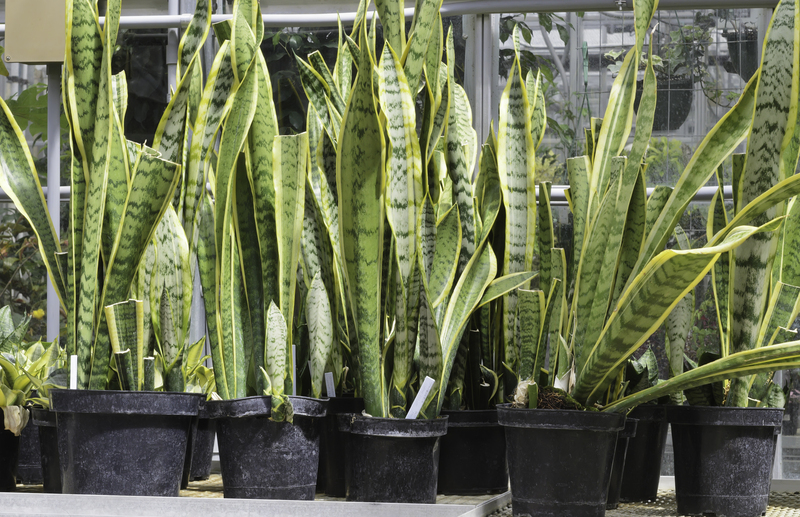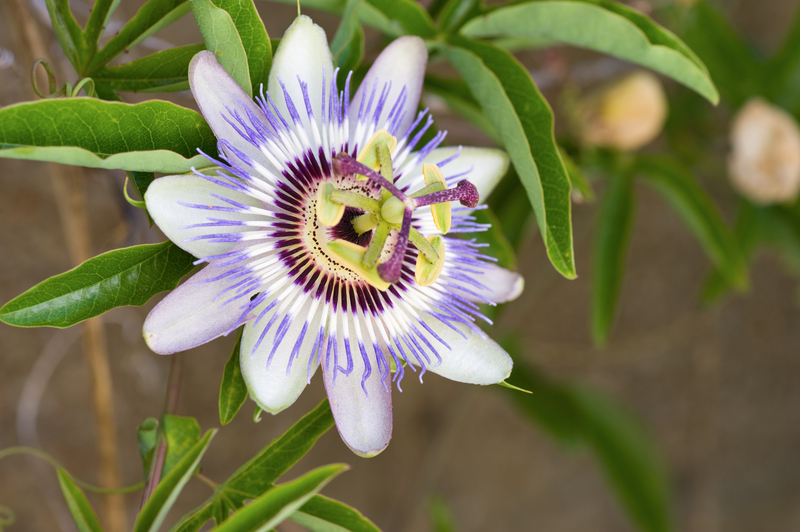Crafting an Allergy-Friendly Garden
Posted on 13/01/2025

When the beauty of spring and summer arrives, so do seasonal allergies for many people. However, the dream of having a lush and vibrant garden doesn't have to come with the burden of constant sneezing, itchy eyes, and a runny nose. Crafting an allergy-friendly garden can be a reality with some mindful planning and plant selection. This guide will walk you through the necessary steps to create a serene, allergy-free outdoor haven.
[HTAG0]
The cornerstone of an allergy-friendly garden is selecting the right plants. When choosing plants, focus on low-pollen or hypoallergenic plant species. Some excellent options include:
- Lilies
- Begonias
- Hostas
- Geraniums
- Pansies
Avoid high-pollen plants like ragweed, chrysanthemums, and daisies. Male plants produce more pollen than female plants, so opt for female versions whenever possible.
[HTAG1]
The layout of your garden plays a significant role in minimizing allergy symptoms. Place high-pollen plants away from high-traffic areas like patios, doorways, and play areas. Windbreaks such as hedges or walls can help reduce the spread of pollen throughout your garden. Also, consider installing raised beds, which can keep plants at a distance from where they will stir up less pollen.
[HTAG2]
Regular garden maintenance is crucial for keeping allergy triggers at bay. Here are some essential maintenance tips:
- Water plants regularly to reduce pollen dispersal.
- Mow the lawn frequently to prevent the growth of grass flowers that release pollen.
- Keep your garden free from weeds, as they can be significant pollen producers.
Consider wearing a mask and gloves while performing garden maintenance to further reduce exposure to allergens.
[HTAG3]
Hardscaping refers to the non-living features in your garden, like walkways, benches, and pergolas. Adding hardscape elements can reduce the amount of space for high-pollen plants and contribute to an allergy-friendly environment. Materials like stone, wood, and metal can be used to create a comfortable, low-allergen atmosphere.
[HTAG4]
Sustainability can go hand-in-hand with allergy-friendly gardening. Using mulch, for example, helps retain moisture and suppresses weed growth, both of which help keep pollen levels down. Native plants are generally better suited to the local climate and require less maintenance, leading to fewer allergenic plants appearing due to reduced yard disturbances.
[HTAG5]
[HTAG6]
- Reduced allergy symptoms
- Increased enjoyment of the garden space
- Low-maintenance and sustainable options
[HTAG7]
- Limited plant selection
- Potential additional cost for hypoallergenic plants
- Regular maintenance required to keep allergens low
[HTAG8]
- Plan your garden during the off-season to avoid pollen exposure.
- Use organic methods to control pests and weeds.
- Install a water feature to trap pollen and add tranquility to your garden.
- Choose ground covers such as gravel or bark instead of grass lawns.
[HTAG9]
- Choose hypoallergenic plants to minimize pollen.
- Pay attention to garden layout to keep high-pollen plants away from common areas.
- Incorporate hardscaping and sustainable practices to maintain a low-allergen environment.
[HTAG10]
While allergies can be a hindrance to enjoying the beauty of a garden, they don't have to be a deal-breaker. With careful planning, plant selection, and maintaining sustainable practices, you can craft an allergy-friendly garden that invites enjoyment without the allergy symptoms. Remember, selecting the right plants and incorporating thoughtful garden design can make all the difference. Follow these guidelines, and create a beautiful, serene, and allergy-free oasis right in your backyard.





